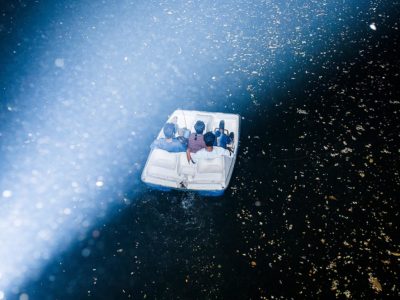Diego Ballestrasse Wins the Series Category of #FotoRoomOPEN | Espace Jörg Brockmann
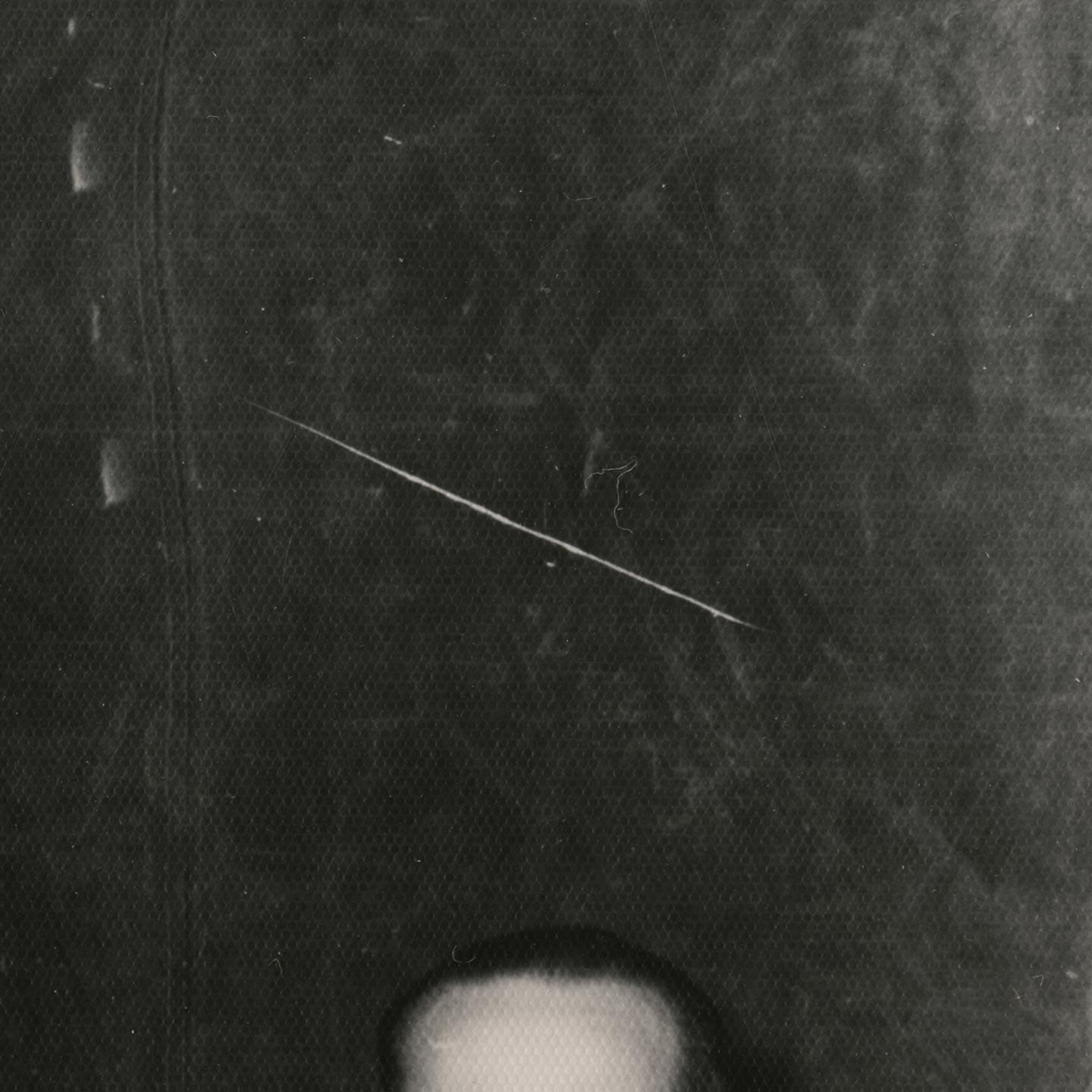
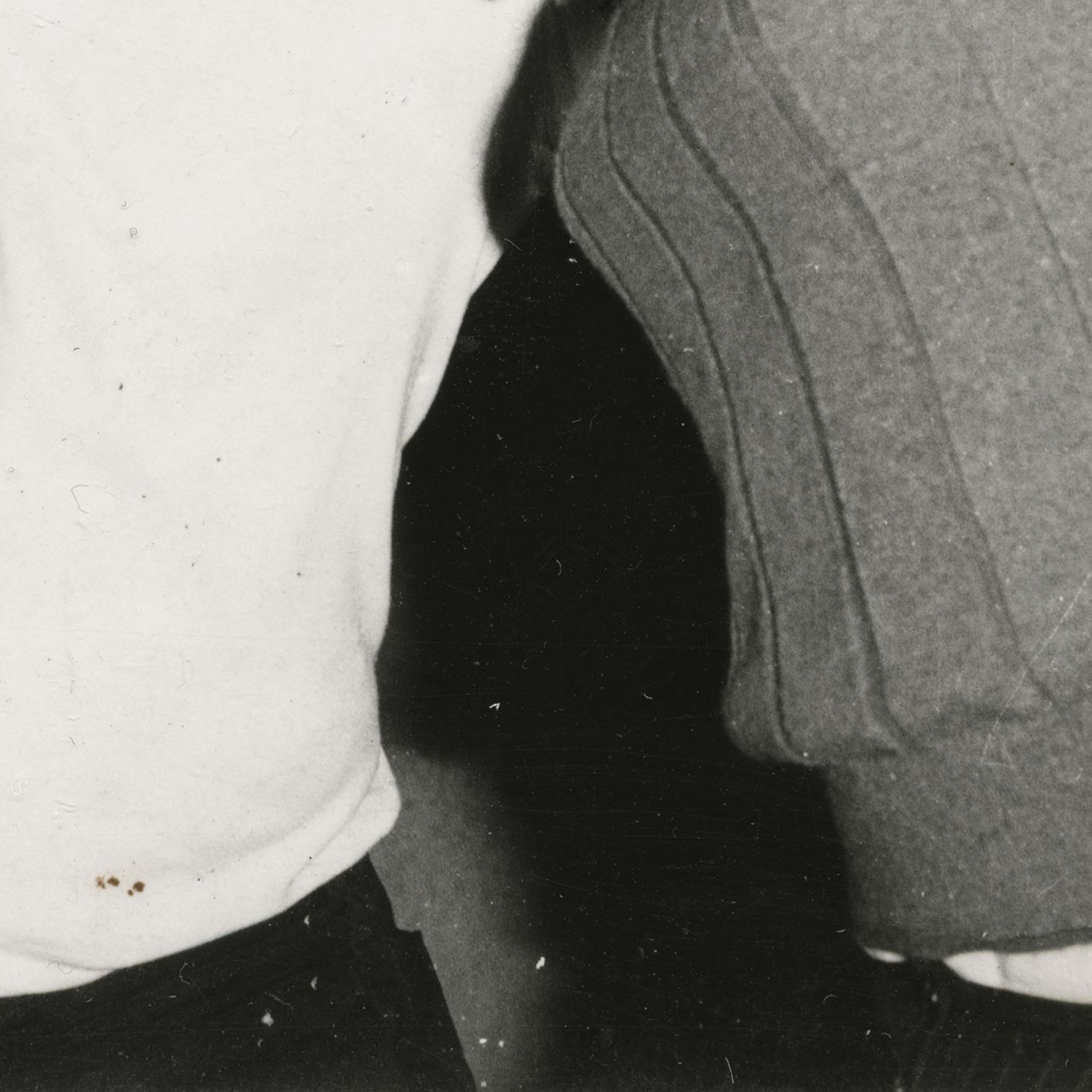
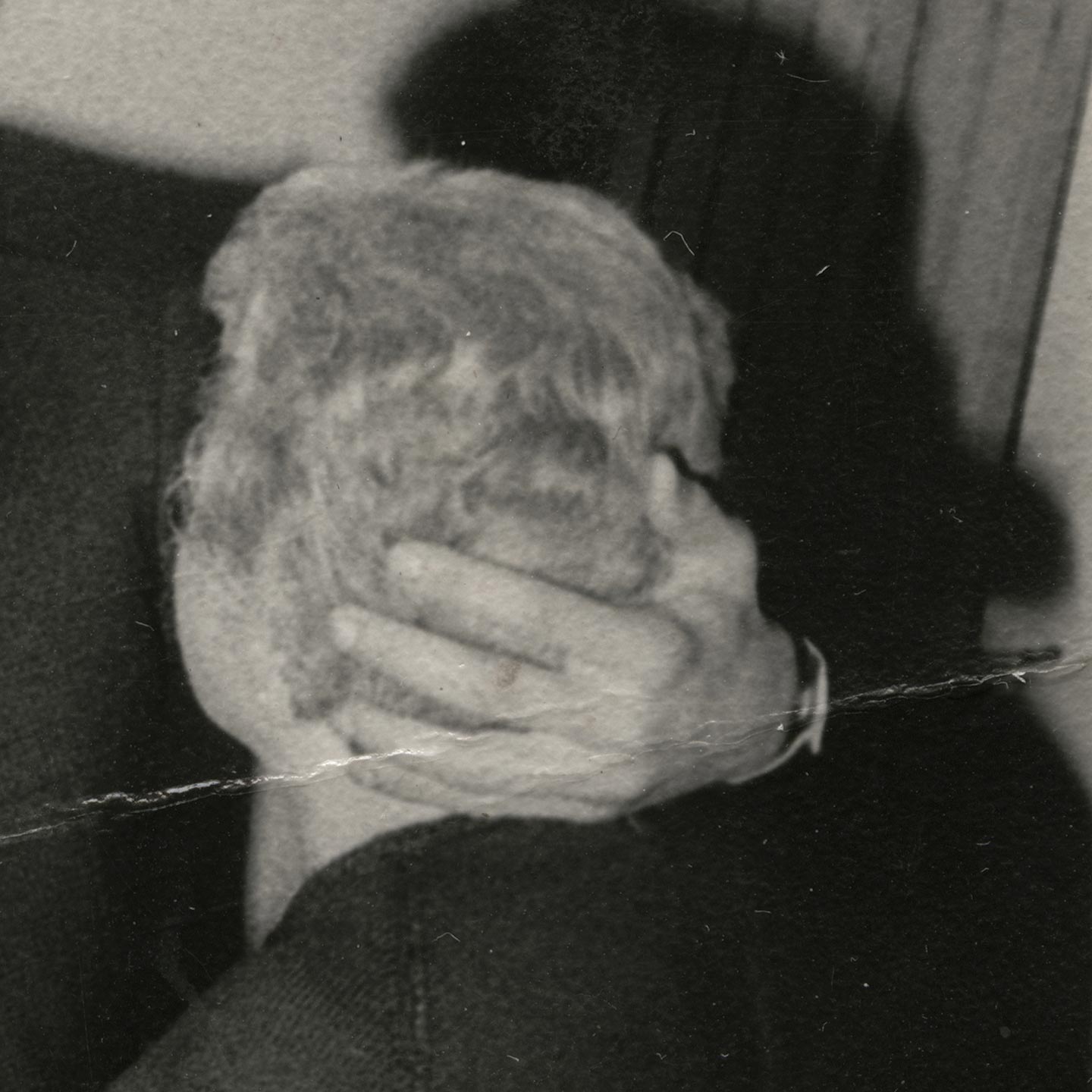
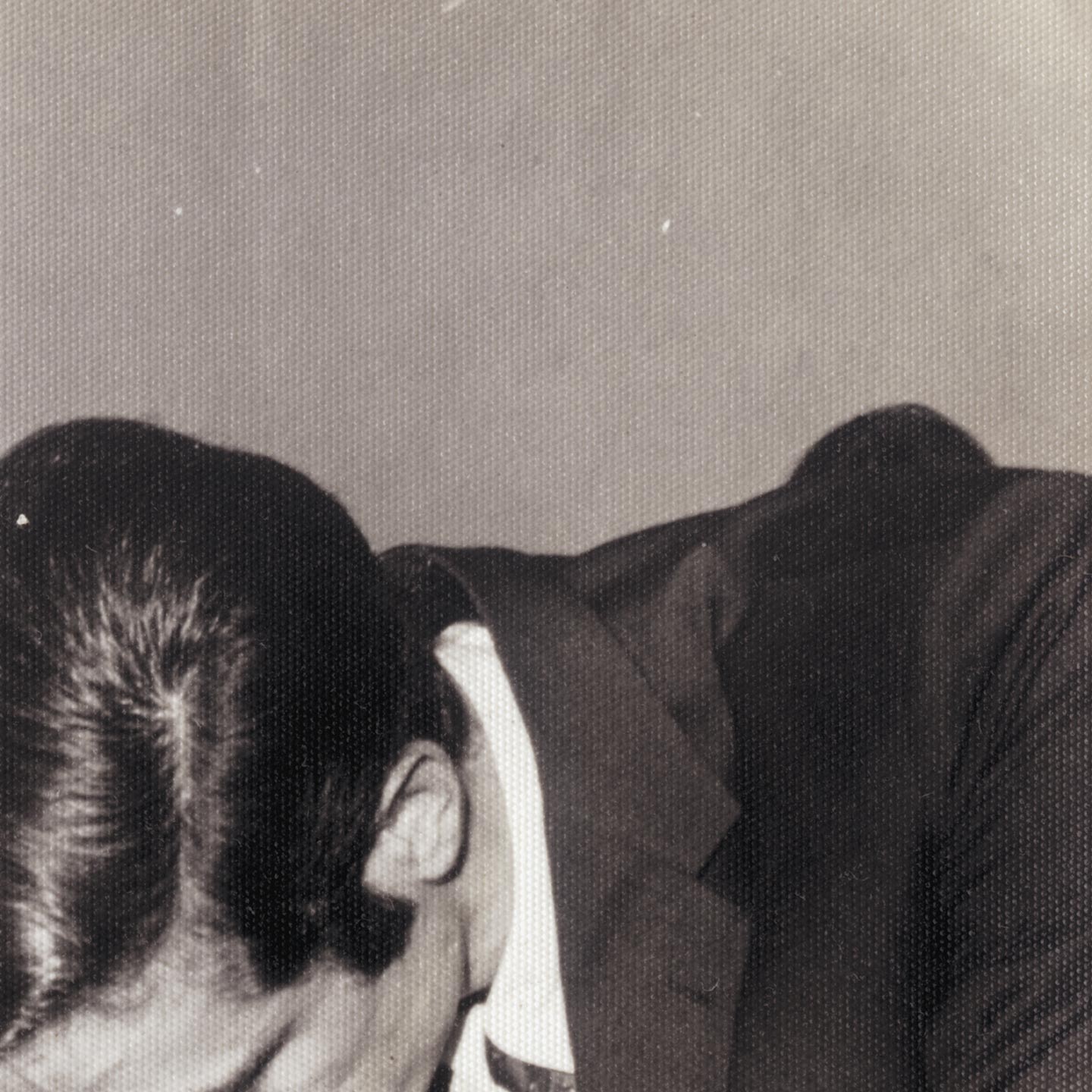
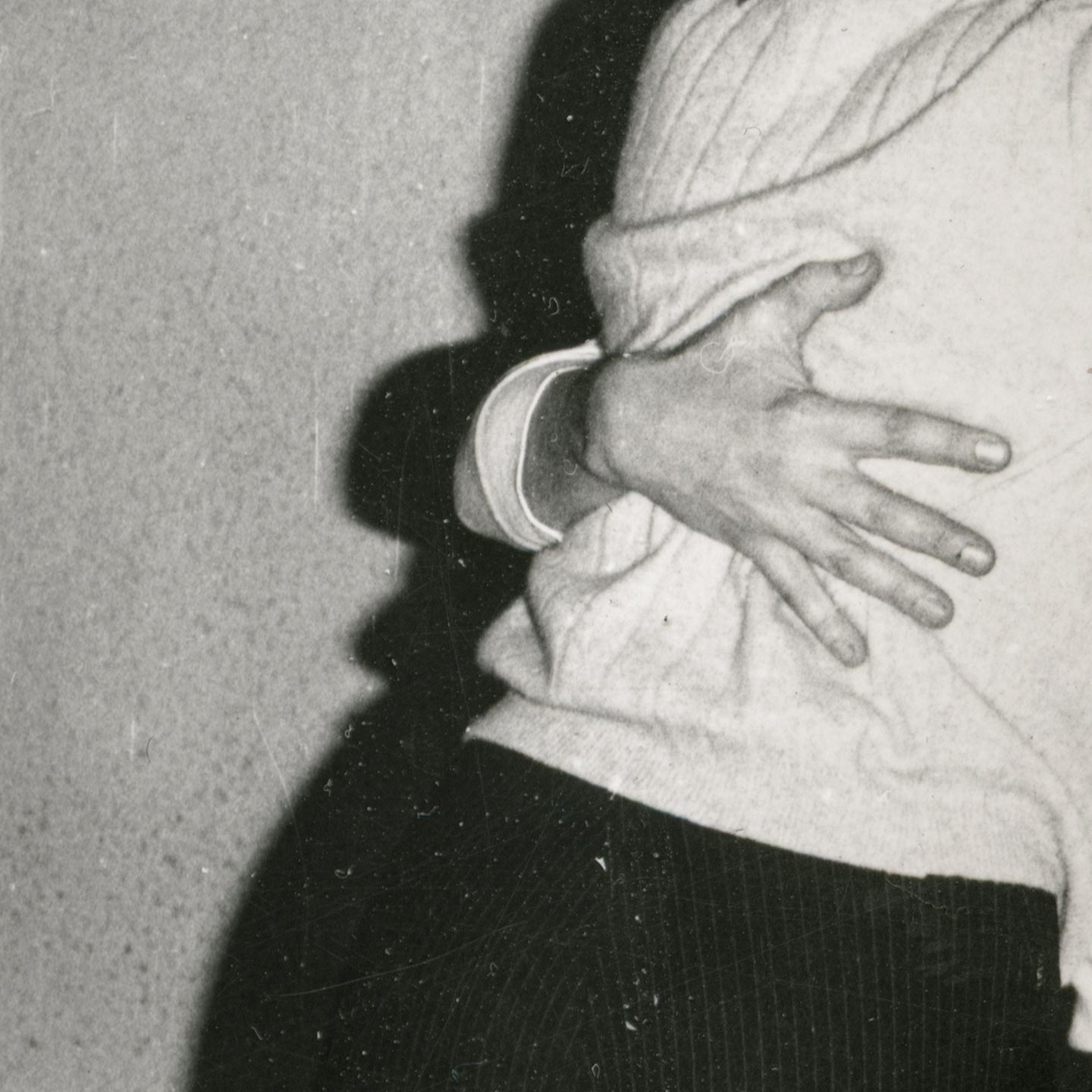
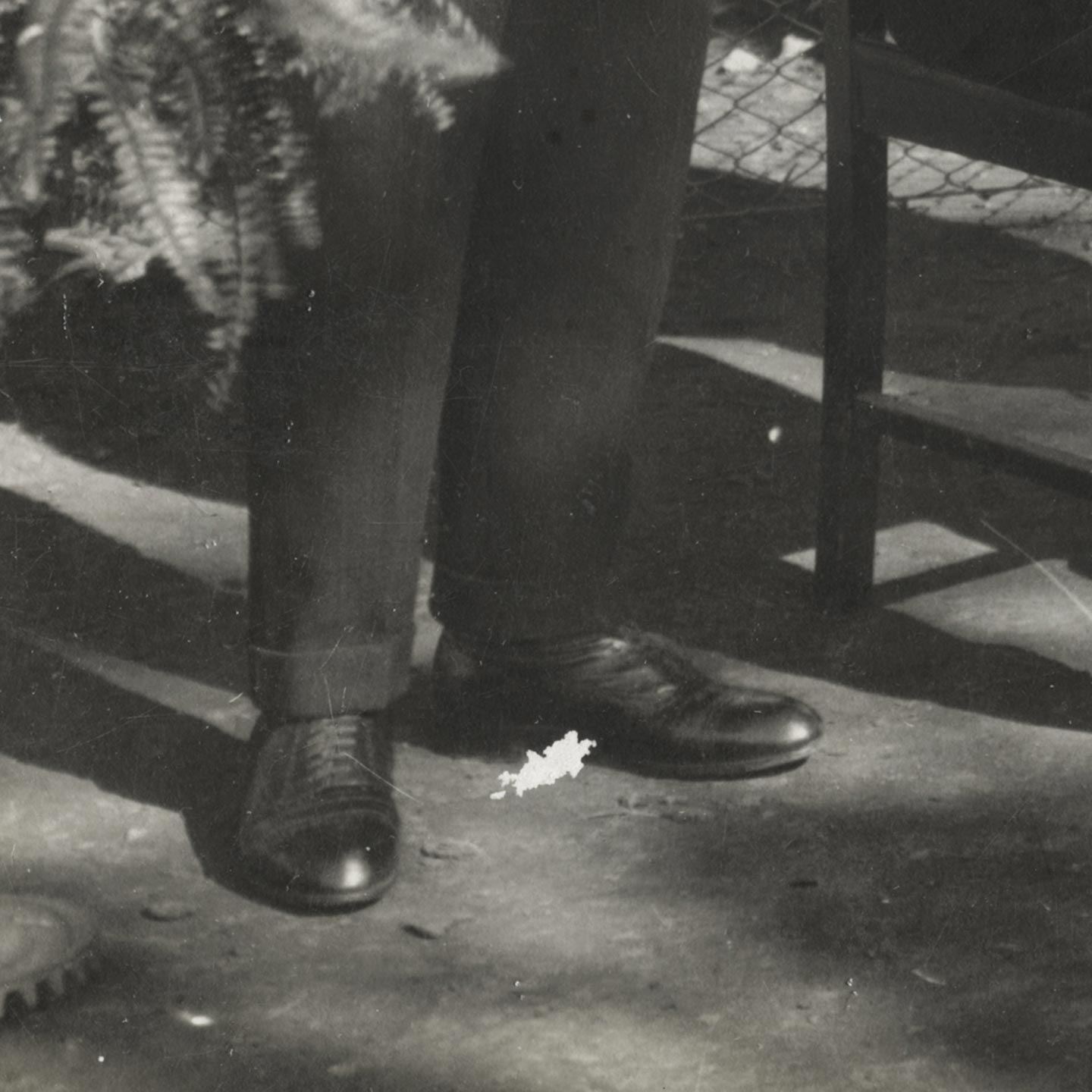
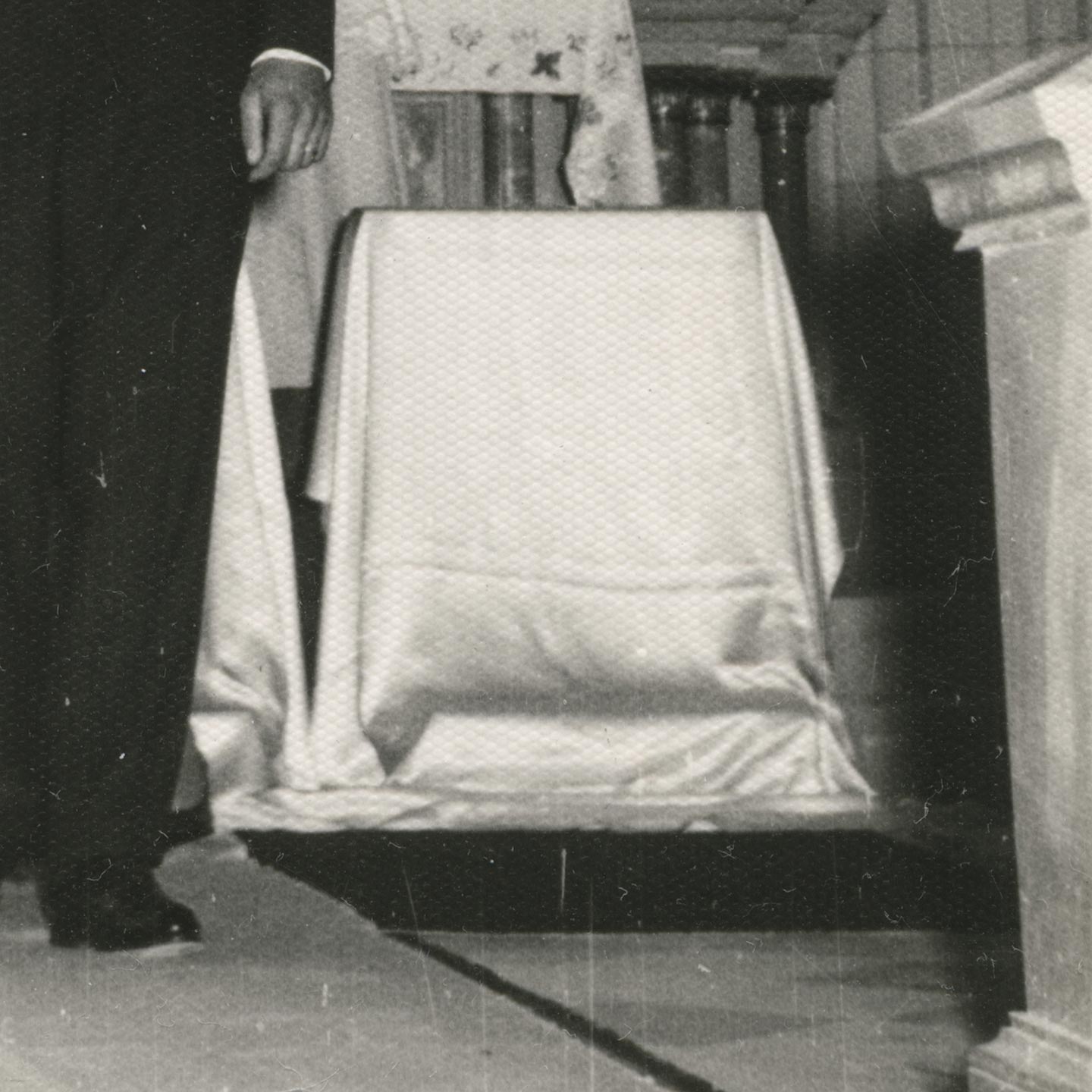
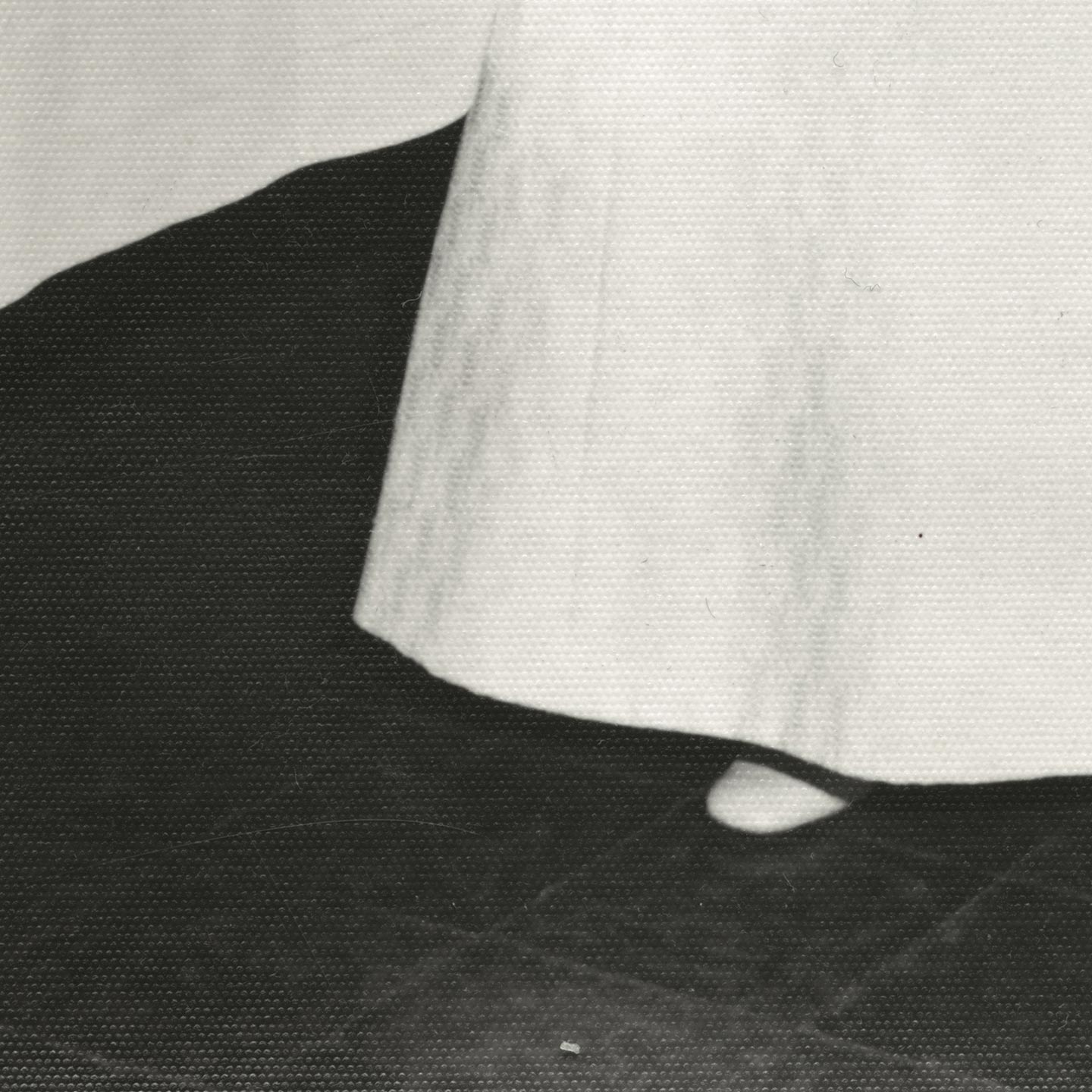
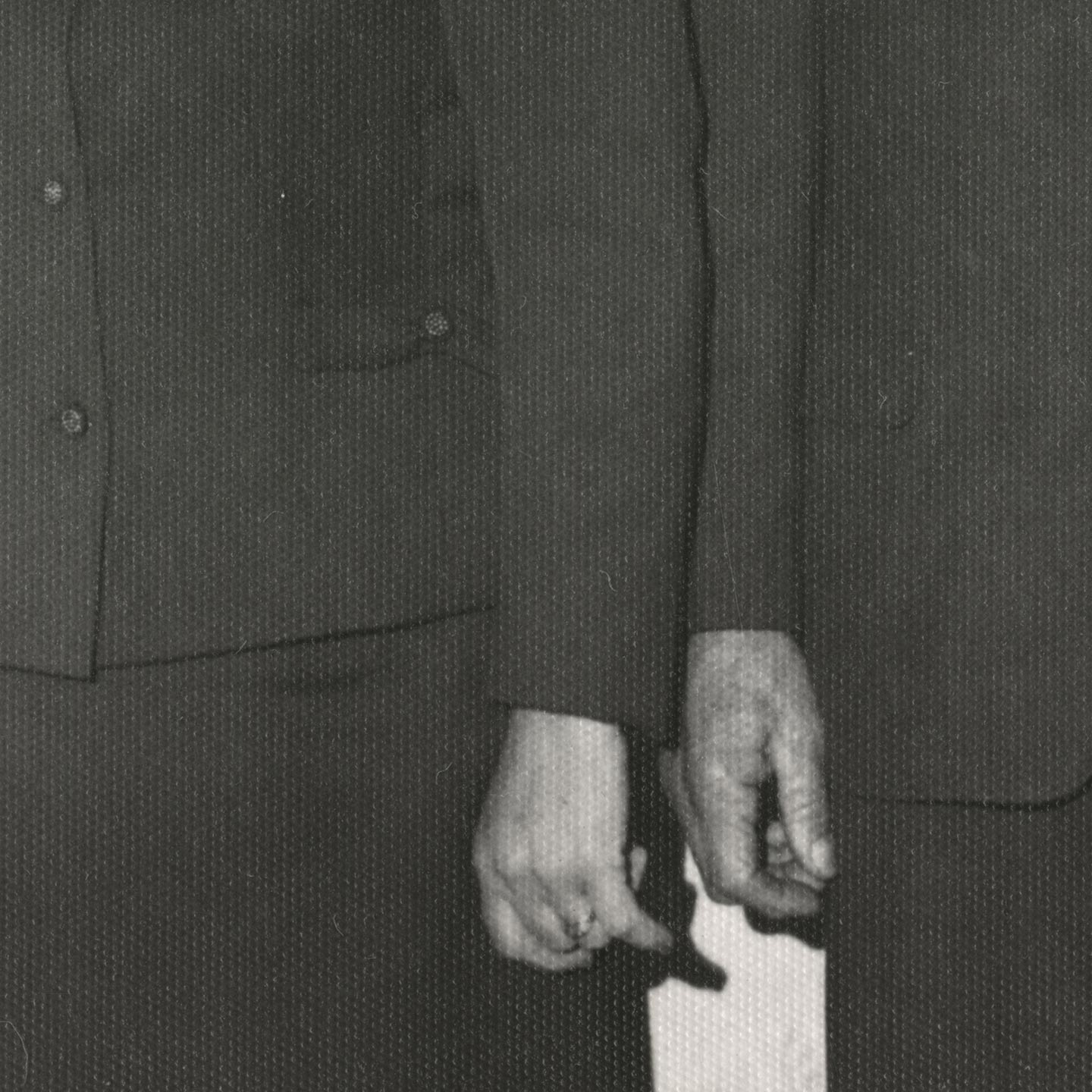

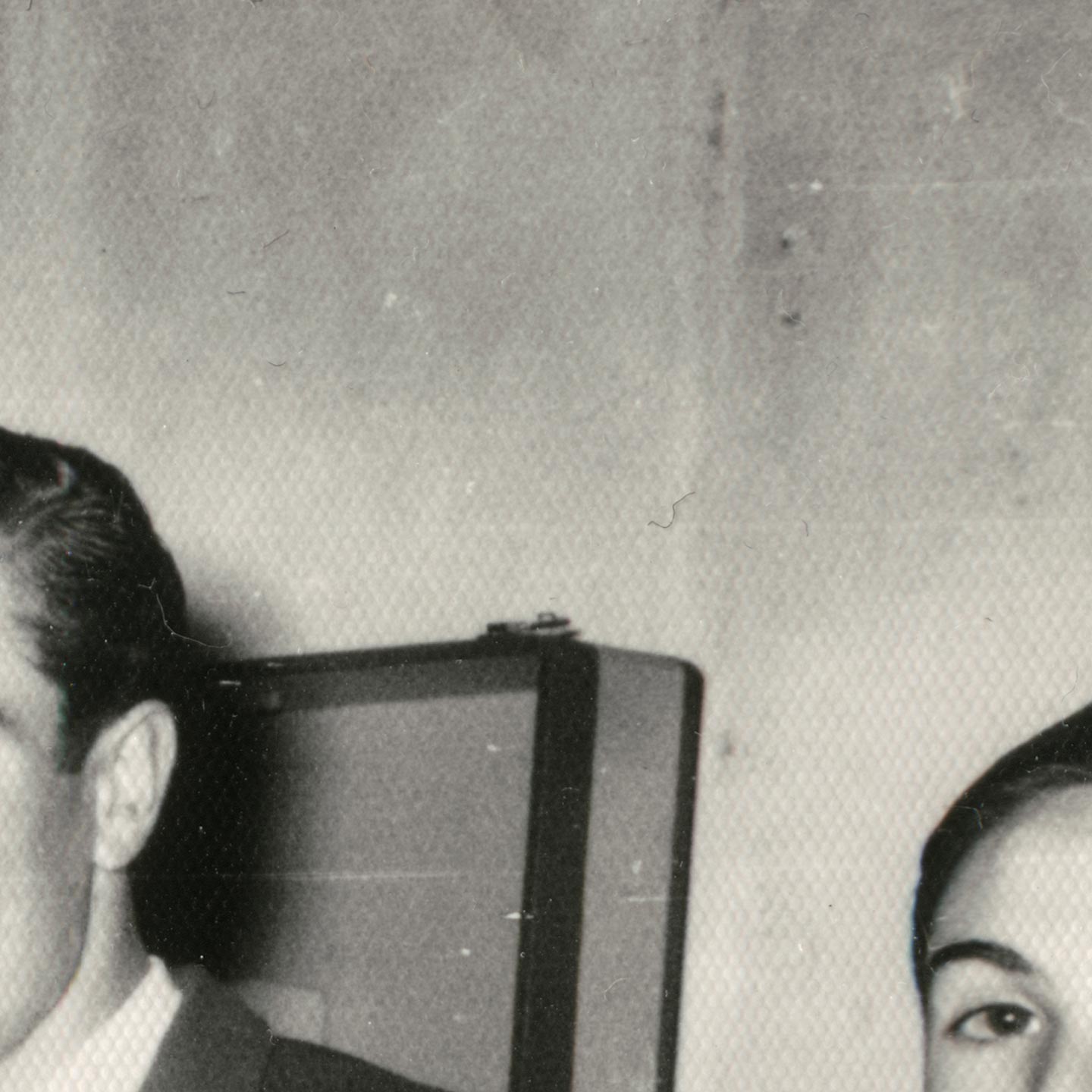
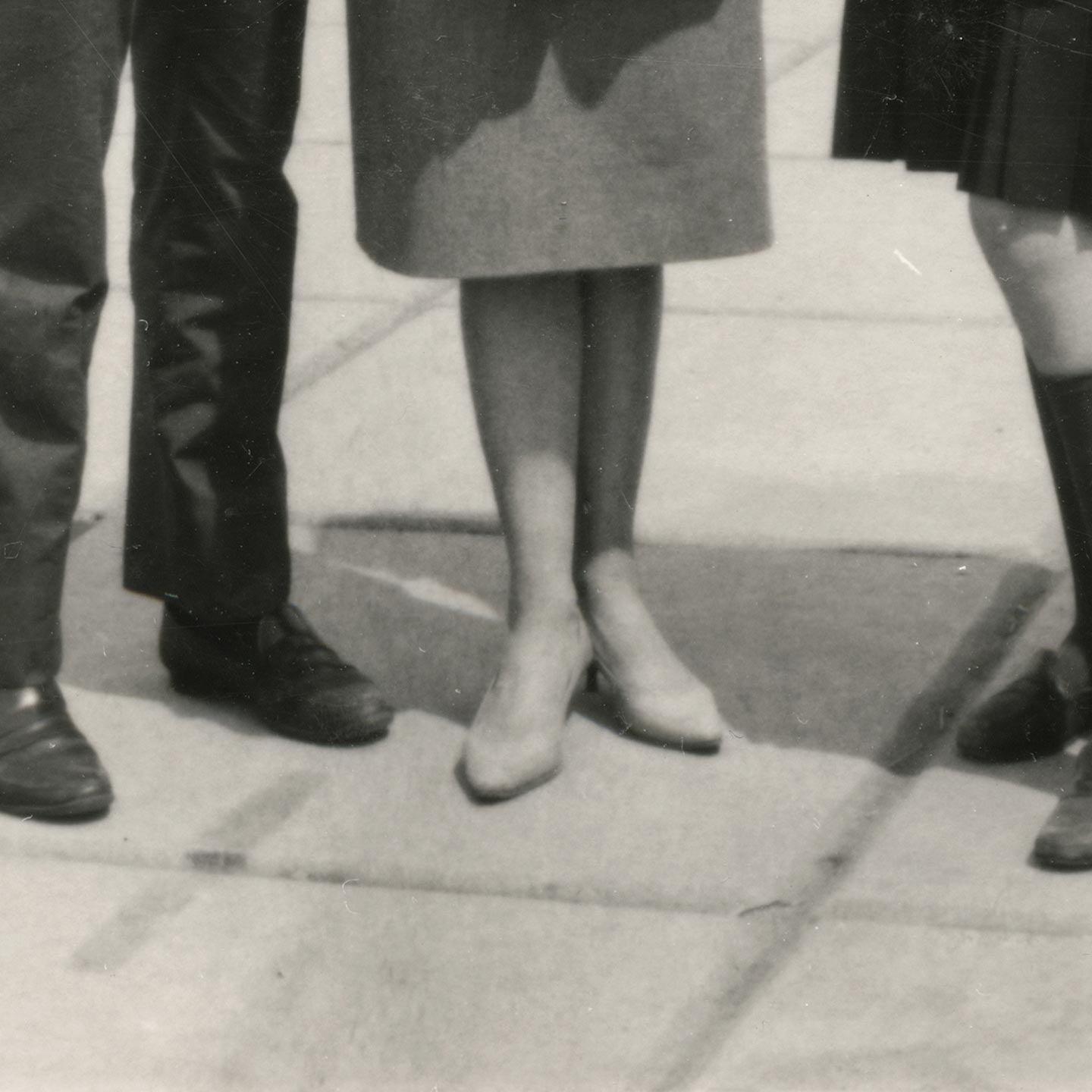
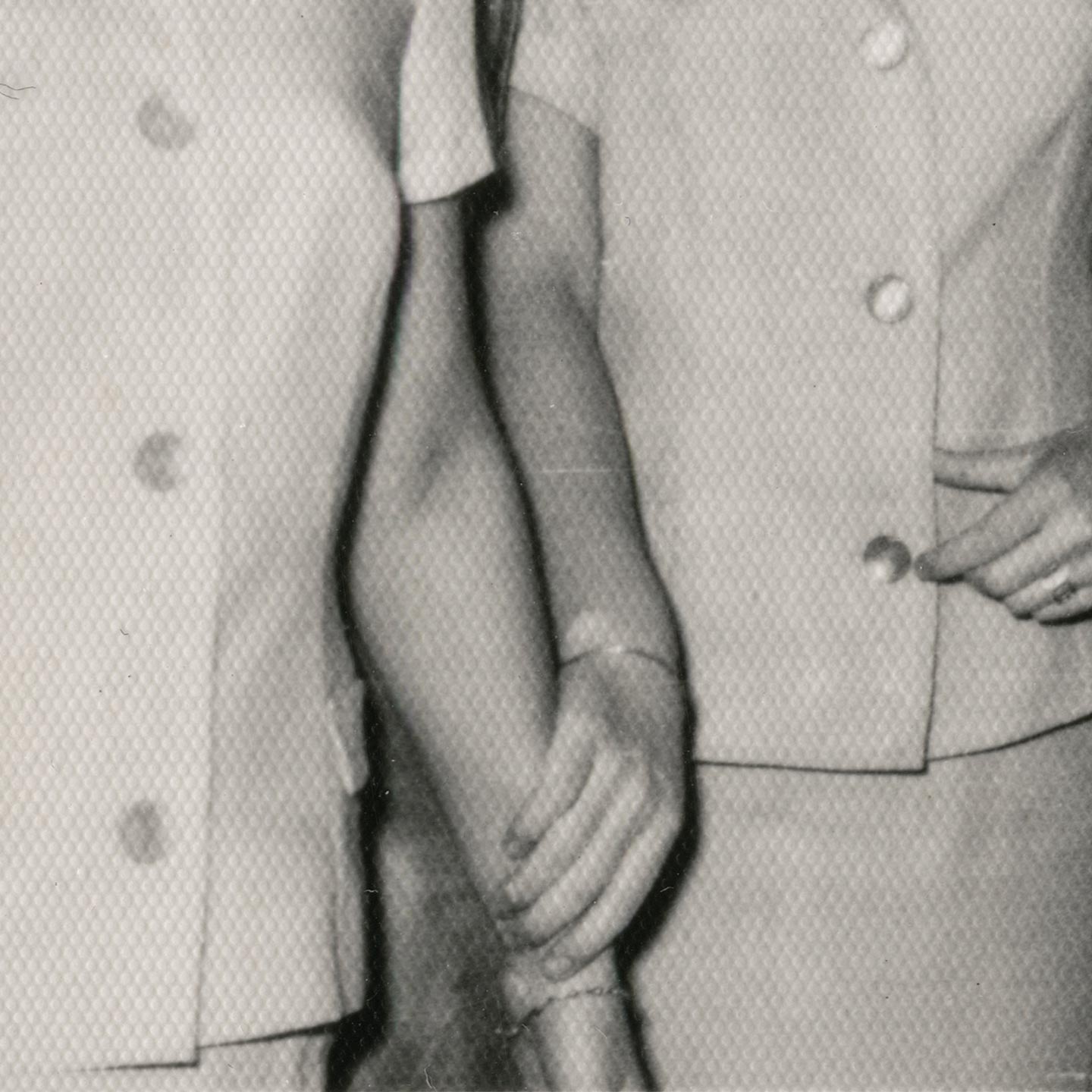
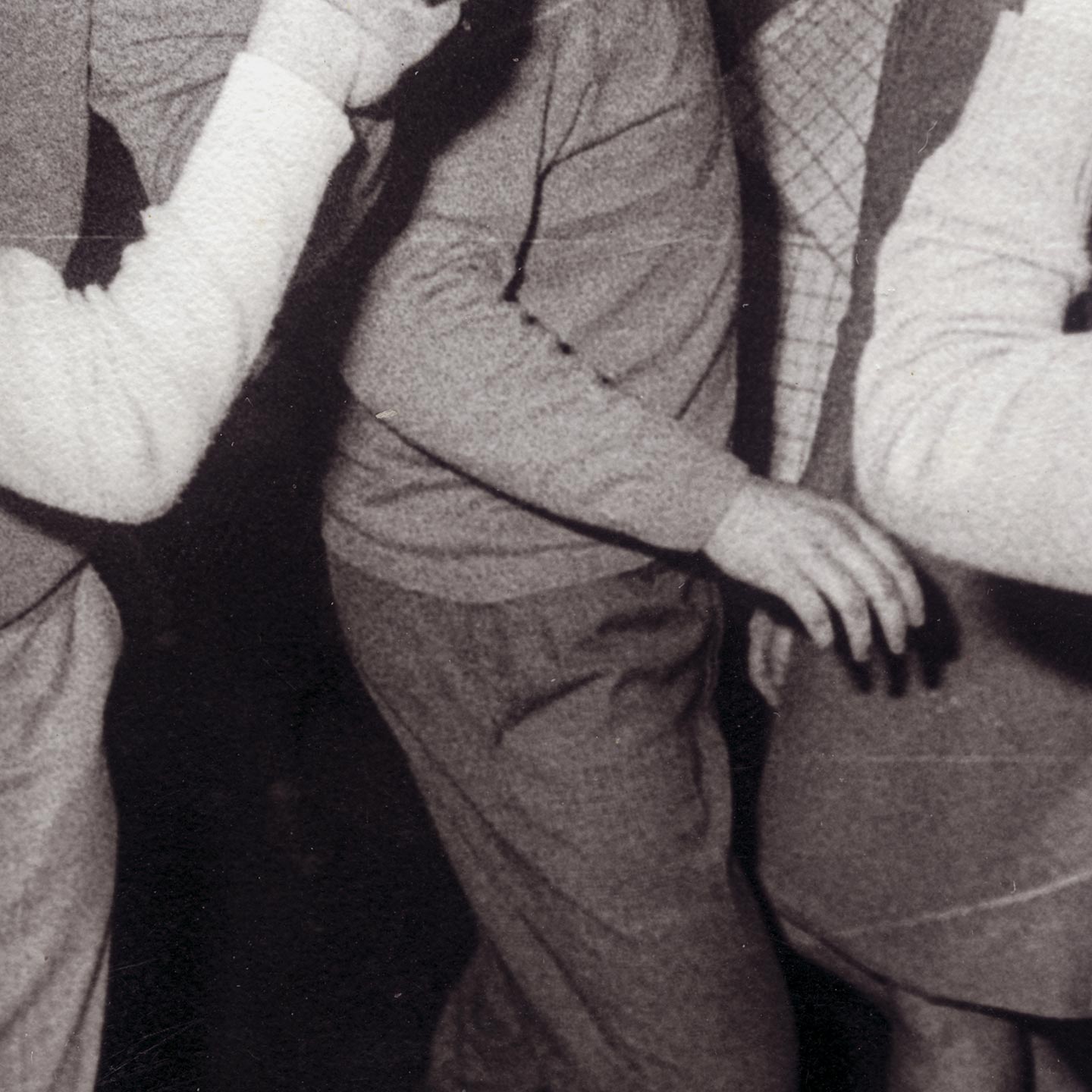
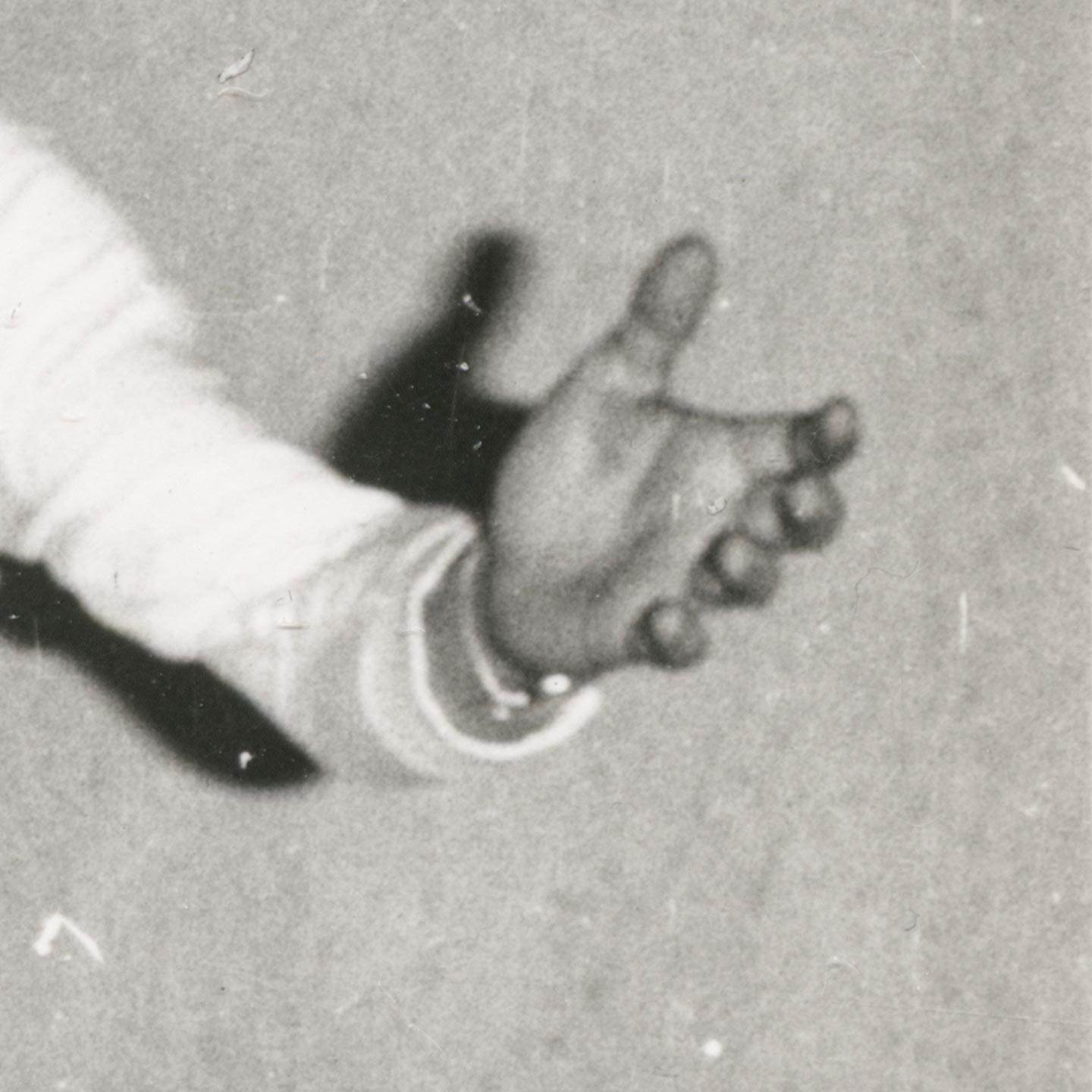
We are happy to announce that Jörg Brockmann has selected La Cuarta Pared, a series by Diego Ballestrasse, as the best project submitted to the Series category of the #FotoRoomOPEN edition he recently juried. As promised, Diego will exhibit La Cuarta Pared at Espace Jörg Brockmann in the next months. Congratulations, Diego! (Did you know? We’re now accepting submissions for a new #FotoRoomOPEN edition: the winner will get a three-month mentorship with the London-based Wren Agency. Submit your work now).
La Cuarta Pared is a series of images that 45 year-old Argentinian photographer Diego Ballestrasse obtained by zooming in on the details of old photos from Diego’s family archives. Here’s how Jörg Brockmann comments his pick: “I found extremely interesting the way Diego Ballestrasse approached the usage of vernacular images. The deconstruction resulting from isolating different parts of the images opens to whole new meanings and understandings. It gives the work a very disturbing time fluidity. The images exist on different levels: the choice of the cropping not only calls for attention and reflection on minute details that would maybe have gone unnoticed, but also creates a new photograph with an aesthetic that is of today. The resulting impression is that these images of past times already included a certain contemporary vision.”
Below you can read our interview with the winner where he shares some insight into his work.
“I got the idea for this project after finding an old picture I had forgotten about in a drawer” Diego recalls. “In that particular photograph I’m with my grandfather, who has his eyes closed. This detail aroused my curiosity to know more about him: he died when I was a child, so I barely knew him. I started to look at all the images in which he appeared, and it turned out that he was much more present than my family ever told. Consequently, I began to carefully observe the photographs, paying attention to everything that surrounded him: the places, the distances between the subjects, the interstices, the shadows, the voids. It wasn’t long before I started observing all my family photos in this way.”
“The work deals with the subjective mechanisms that characterize our perception of images. It explores the physical dimension of the photographic object, inviting the spectator on a journey to the center of photography. By placing the camera ‘inside’ the images I alter the meaning of the original pictures and discover spaces devoid of actions and irrelevant to the understanding of the image. As a result, La Cuarta Pared moves beyond the family setting and proposes a different way of understanding the photographic event, one that transcends the moment in which the picture was taken. As a personal note, I have been able to experience a more direct participation in my family history by re-establishing connections with my own personal history that I did not believe possible before. In that sense, this project invites us to look closer at any image, not just those that have meaning for us.”
Diego used images shot up until the early 1980s, a time to which his first memories date back to: “I’m interested in investigating and entering into spaces prior to my existence, photographs of people and things I do not remember. This allows me to create my own interpretation of those past moments.”
The images of La Cuarta Pared were obtained by scanning the original family pictures and zooming in around the scanned image, looking for interesting details: “It felt just like when photographing in the real world, except that I was sitting in front of a computer screen. I was moving through the scanned photograph much like one moves around a physical space, however in the case of La Cuarta Pared I was also moving across time: from the present day I was intruding myself in my family’s past, returning to the moments in which each photo was taken. Somehow, metaphysically or metaphorically, I became a photographer of the past and the photographic object is the vehicle that allowed me to move across time.”
“I’m generally satisfied by how people react to the images of La Cuarta Pared” Diego remarks. “They usually relate with the work in some way because we all have a drawer or a shoebox with old family photographs such as the ones I used for the project. However, my greatest wish and the greatest challenge I am presented with is for the viewer to assimilate the reflection I propose with La Cuarta Pared, which is actually a reflection on photography itself. It has to do with the way we relate to our family photos, how we look at them, how they affect us, how they intervene in the understanding of our family history. What happens when we see such images? How do the past time encapsulated in the snapshot and the present time experienced by the observer interact?“
Diego’s main interest as a photographer lies in “developing works that contain a certain mystery, images that use visually appealing aesthetics to draw the viewer in but do not reveal everything. There are several ways of working with photographic archives or found photos that move beyond the literal meaning of the images and offer different keys to interpret them. I consider this approach necessary not only in regards with photography, but also with life in general as I think it helps to deactivate, to understand how the political and social system in which we live presents us with different situations. In essence, I believe in art as a tool for healing both on a personal and socio-political level.”
Some of Diego’s favorite contemporary photographers are Jason Fulford, David Claerbout, Walid Raad, Paul Fusco, Carl de Keyzer, Paul Graham, Dirk Braeckman, Taiyo Onorato & Nico Krebs, Ohad Hadad & Hilal Jabareen. The last photobook he bought was Pure Beauty by John Baldessari, and the next he’d like to buy is On Abortion by Laia Abril.
Diego’s #threewordsforphotography are:
Family. Place. Interstice.
Keep looking...
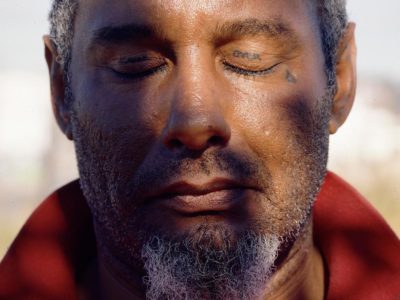
FotoFirst — Shane Rocheleau Photographs the Homeless Men Living in His Neighborhood
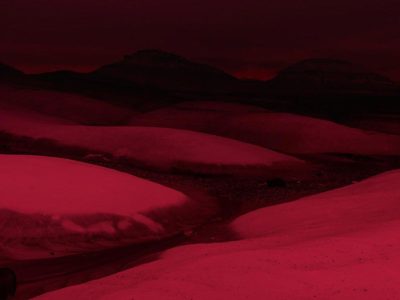
Cody Cobb’s Otherworldly Landscape Photos Are a Representation of His State of Mind
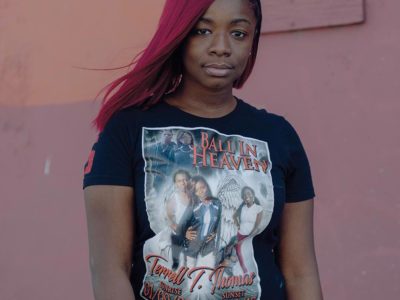
Bryan Thomas Takes Moving Portraits of People Wearing Memorial T-Shirts
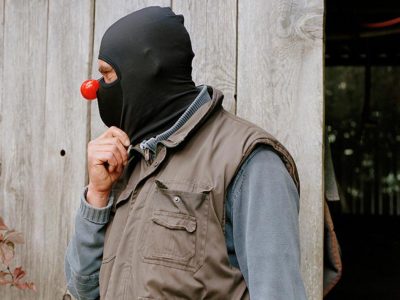
‘The Blindest Man’ by Emily Graham Is Inspired by a Treasure Hunt for a Hidden Sculpture

Bird of Dreams — Fergus Thomas Photographs a Group of Men with a Passion for Pigeon Racing
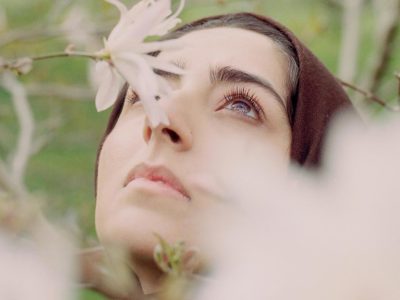
FotoFirst — George Voronov Photographs Young People at Religious and Spiritual Retreats
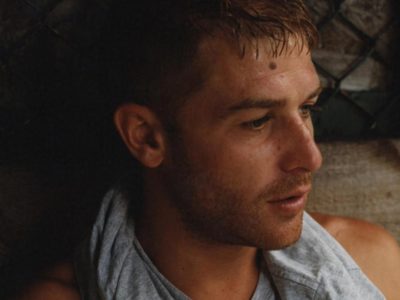
Folly — Jamie E Murray Makes Work Inspired by Conversations with Ex-Prisoners
